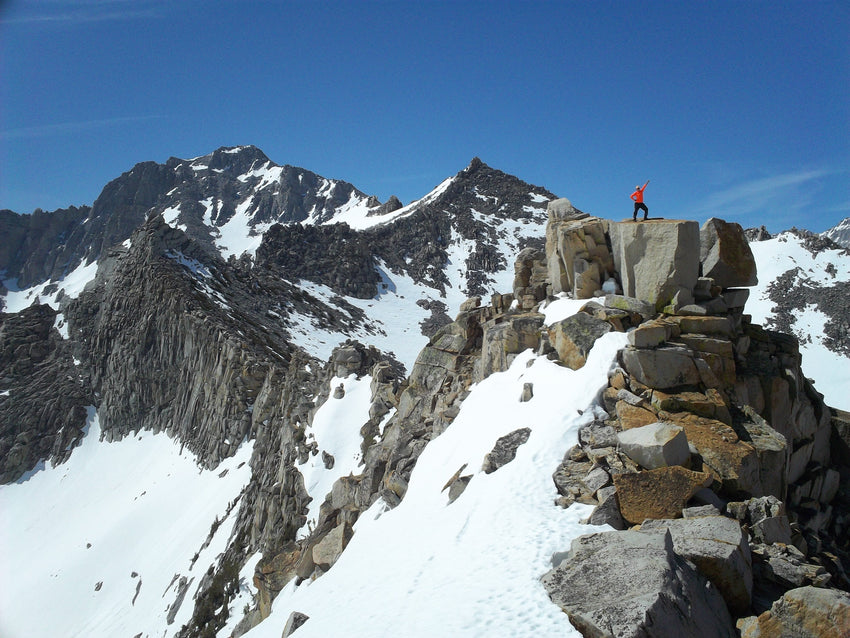Gone Light, Part III: Safety, Hygiene & Women Hiking Solo

This is the third of four posts from our Stripped Down series, authored by Guest Blogger & Triple Crowner Annie MacWilliams.
When you break it all down, there are some gear swaps you can make to lighten your load and some skills you can hone in on to better adjust to long-distance treks. But becoming a good thru hiker really comes down to your mental strength. I personally feel females make stronger long-distance hikers due to the ability of a woman’s body to delegate limited resources (think pregnancy). Plus, females tend to have a lower bar for the acceptable level of risk, and we have a higher bar for hygiene.
Going the Distance: Women are well equipped to hike long distances; some research even suggests women start to have a greater advantage then man the further they go. Why? It may be because they make less risky decisions and are prone to keep a more even pace for long-distance travel. Other scientists postulate that it may simply be a matter of fat stores. After 18 miles of steady running, for example, a person’s body starts to get low on glycogen and starts relying on other energy stores to keep moving. Women may be more efficient at using that body fat early in a race and saving glycogen for the long haul. Other research indicates that estrogen attaches to the brain’s neurotransmitter, resulting in a delayed fatigue message, which means the body doesn’t feel as tired. I didn’t find anything conclusive in my Google searching, but there’s enough evidence out there indicating women can go the distance.
Safety: A lot of women ask me if hiking solo is dangerous. I have never felt unsafe on a long trail, mostly because I planned to not put myself in unsafe situations. I avoid hitch hiking alone. I refuse to get in a car where something feels off (use any excuse you want, going back after a camera, waiting for a friend, explosive diarrhea). I have carried pepper spray when hiking close to the Mexico-Arizona border in a huge human and drug trafficking zone. I don’t take any unnecessary risks when I am alone, and I make sure someone knows my plan. Simple planning can go along way, as well as flexibility and the foresight to stop and think about your next step. Don’t let fear keep you from hiking!
Hygiene: Female hikers tend to set a higher bar for hygiene on trips, and the benefits stretch far beyond looking cleaner. Good hygiene helps keep the germs away and the body healthy. I keep hand sanitizer in a Ziploc with my toilet paper and trowel and it always gets used. Sometimes I keep a spare in another location that’s easy to access near eating times. I’ve gotten Giardia, and it’s zero fun; I want to make sure it won’t happen again. I also carry baby wipes to clean my lady bits, because UTI’s are a bummer too. I prefer to hike commando to increase airflow since a hot, sweaty, moist environment is asking for a yeast infection. But some female hikers prefer to rotate between a few pairs of underwear and wash them when they can. I also carry an extra bandana to only be used as a pee rag, and hang it from my pack to dry. Menstruation is also an added perk to being a female hiker, and your cycle can change drastically, so be prepared for anything. Many female hikers have switched over to using a Diva cup system to deal with that time of month, since all tampons and pads should be packed out, but a long distance hike might not be the best place to try it for the first time. As with everything, find what works for you.
All in all, women and men have similar experiences and success rates hiking long distances. I personally saw this, and research supports my opinion. So don’t let anyone tell you hiking long distances isn’t for women!
The post Gone Light, Part III: Safety, Hygiene & Women Hiking Solo appeared first on Hyperlite Mountain Gear Blog.